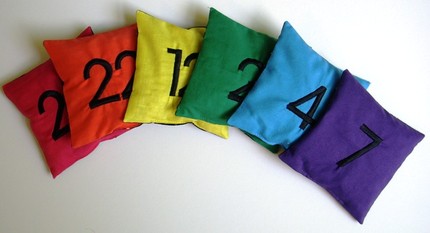For some people, colour-by-numbers takes on a whole new meaning, as each number is a different colour to them. They have Synesthesia, a condition which involves unusual cross-sensory perceptions of the world, where one sense automatically triggers another. Researchers at the Australian National University have published new findings on the brain activity behind the phenomenon, in the journal Consciousness and Cognition.
The study was focused on the idea that because synesthetes have such strong connections between sensory experiences, their style of thinking may be less suited to making conceptual connections between words.
They tested this idea out using word association, but the results were not as expected. Lead researcher, Dr Stephanie Goodhew explained: “For them words like ‘doctor’ and ‘nurse’ are very closely associated, where ‘doctor’ and ‘table’ are very unrelated. Much more so than for people without the condition,” she said.
A potential theory is that synesthetes have unusually strong neuro-connections between the parts of the brain associated particularly with language and colour interpretation, such as the occital and temporal lobes. This could explain how stimulation of one area triggers a simultaneous stimulation of the other. However, for many synesthetes, it is much more than a mental association between certain things – Monday just is orange, even though another person believes it to be blue.
Synesthesia has understandably fascinated neuroscientists for years, and this is a useful advancement in its study.